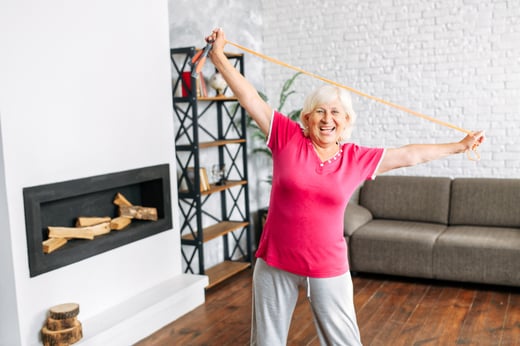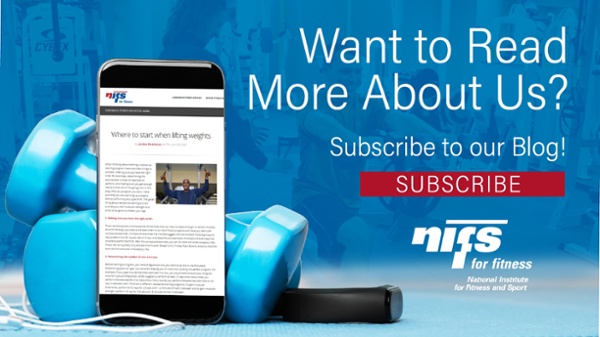 Actress Helen Hayes lived by these words, and lived a full and happy life well into her 90’s. So what do we mean by this motto….if you rest, you rust? Simply put, our bodies are made to move and if we become sedentary, our bodies get “rusty” as in our joints become stiff, our bones can become brittle and we lose muscle mass.
Actress Helen Hayes lived by these words, and lived a full and happy life well into her 90’s. So what do we mean by this motto….if you rest, you rust? Simply put, our bodies are made to move and if we become sedentary, our bodies get “rusty” as in our joints become stiff, our bones can become brittle and we lose muscle mass.
Many senior citizens are very active and live by these words, however there are still many that are not on board. I have heard over the years from inactive seniors that their fear is they will be in more pain. They already suffer from osteoarthritis and feel that exercise will make them feel worse. In actuality it is the exact opposite. Inactivity is causing the joints to become stiff and “rusty”! So how do we convince an inactive senior that it’s never to late to get started? How do we convince them that if they begin an exercise regimen that they will have less joint pain? We can start by giving them sound data from the American College of Sports Medicine (ACSM).” Their stance is that physical activity is essential to optimizing both physical and mental health and can play a vital role in the management of arthritis. Regular physical activity can keep the muscles around affected joints strong, decrease bone loss and may help control joint swelling and pain. Regular activity replenishes lubrication to the cartilage of the joint and reduces stiffness and pain.” So now that we have them convinced, what are the best exercises for arthritis? We always want to include the modalities of cardiovascular exercise to increase endurance, strength training to increase muscle mass and prevent bone loss and lastly but probably most important is stretching to increase flexibility. Before starting an exercise program always consult your physician. Once cleared, one of the best places to be is in the pool! Aqua Aerobics, water walking or swimming offer the bouncy of the water to help ease joint pain and many facilities keep the water temperature warm at 78-83 degrees, which is considered therapeutic. Most aqua aerobics classes also offer strength training with aqua dumbbells and stretching at the conclusion of the class. If water isn’t your cup of tea, perhaps try a gentle yoga class, a chair yoga class, a low impact aerobics class or Tai Chi for gentle movement and balance. If group exercise classes are not to your liking, you may want to exercise in a fitness center. Cardiovascular equipment such as the stationary bike or a NuStep are great ways to increase your endurance. You might consider working with a personal trainer for help with strength training and flexibility and working with a trainer also helps with accountability.
The ACSM recommends exercising 150 minutes per week which is 30 minutes a day, 5 times per week. If you’re just getting started, work towards this goal. Just remember that famous line from Helen Hayes, “If you rest, you rust”! Keep moving forward, we’re not looking back!

